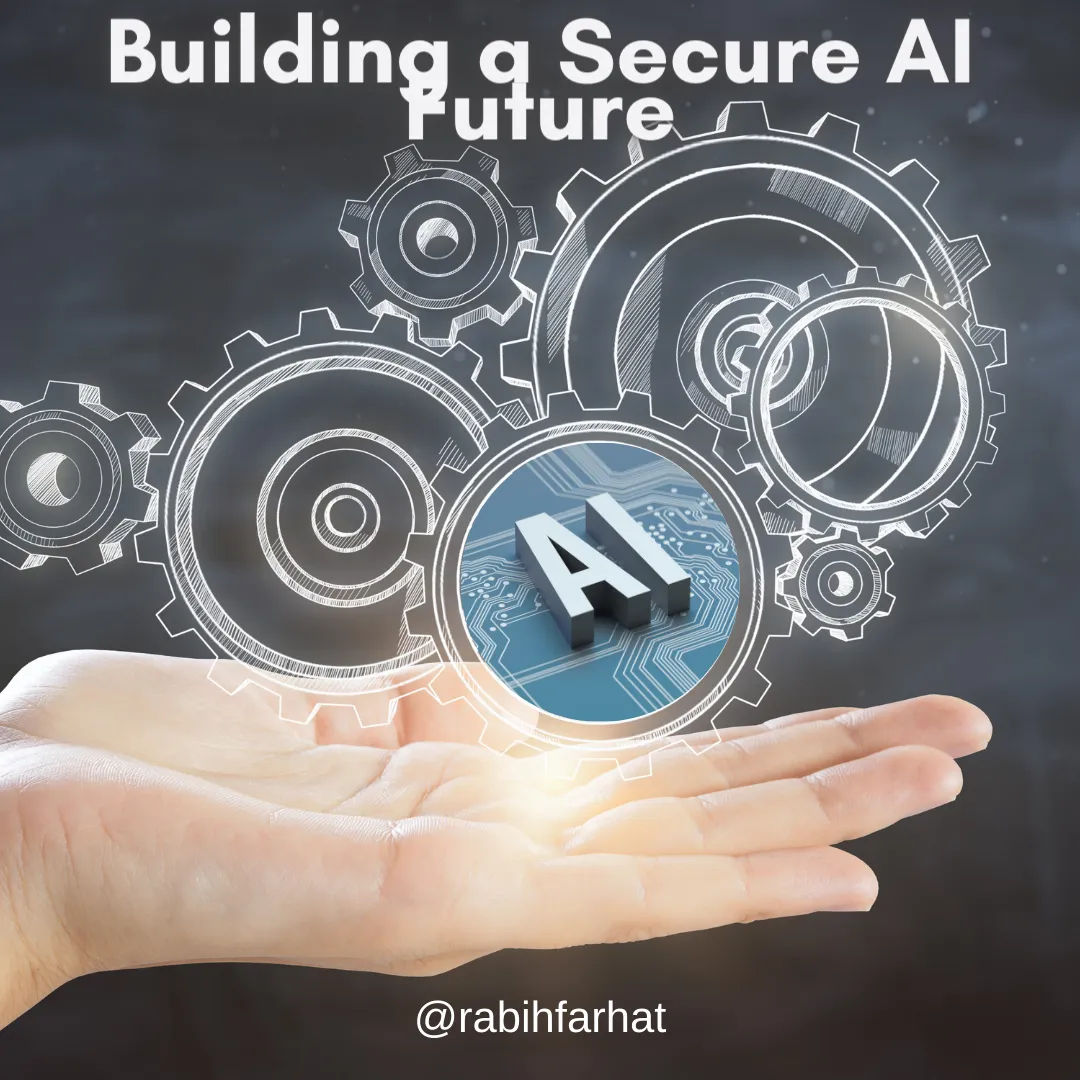Introduction
Artificial intelligence is a real revolution in almost all fields, from medicine, engineering to business and entertainment.
However, this revolution comes with some risks, one of them is the possibility of artificial intelligence technologies being exploited for malicious purposes through many methods like the “reverse engineering” Where it is a field that combines advanced technologies and innovative ideas to understand and modify existing artificial intelligence systems.

Reverse engineering in the field of AI is the process of analyzing software and systems and smart models by experts to understand their work without obtaining the source code for these systems and to understand the internal operations of the algorithms. So, the reverse-engineering (R-E) is about disassembling an artificial intelligence system to understand how it works.
The techniques of the (R-E) have developed to the use of complex tools and advanced programming mechanisms. One of the most important achievements in this field is the development of tools capable of analyzing and understanding deep neural networks, but it still faces some challenges that include dealing with the increasing complexity of systems and intellectual property protection.
In general, artificial intelligence still face a set of weaknesses. For example, the biased data that can lead to unfair results and mistakes in AI decisions.
Also, it is vulnerable to different types of attacks, including those targeting the data or models themselves, and securing these systems requires complex and multi-layered security strategies.
We will not forget the biggest danger that many fear, which is the possibility of losing control over artificial intelligence systems, and this requires the development of effective oversight and control mechanisms that do not exclude the human element in the final decision.
Some strategies can be adopted to mitigate the weaknesses of artificial intelligence systems, such as adopting best practices for testing data and using advanced analytical tools, and this can help ensure quality and integrity in these systems.
Also, it’s essential to apply the best security practices and use specialized tools to protect artificial intelligence systems, which is considered necessary to defend against attacks.
Developing and implementing legislation and laws to regulate the use of AI can help mitigate the risks associated with reverse engineering and other practices.
Everything and every step of protection will be missing if not covered by Public Awareness, where awareness must be spread about the risks and potential of AI technologies.
Adopting these strategies can mitigate the risks to which artificial intelligence systems are exposed. These risks include attacks directed against artificial intelligence systems, which can exploit identified vulnerabilities to affect performance or steal data, and also include data manipulation, which can lead to misleading results and negative effects, in addition to intellectual property theft, as reverse engineering can be used to steal technical secrets from AI systems.
Conclusion
Reverse engineering in artificial intelligence presents significant challenges and opportunities and can be used for both positive and negative purposes.
By understanding the risks and applying appropriate mitigation strategies, organizations can improve the security and effectiveness of their smart systems. As technologies continue to evolve, the need for innovation in the field of security and privacy will continue to exist to ensure the use of... Safe and responsible AI.
*Image designed using Canva